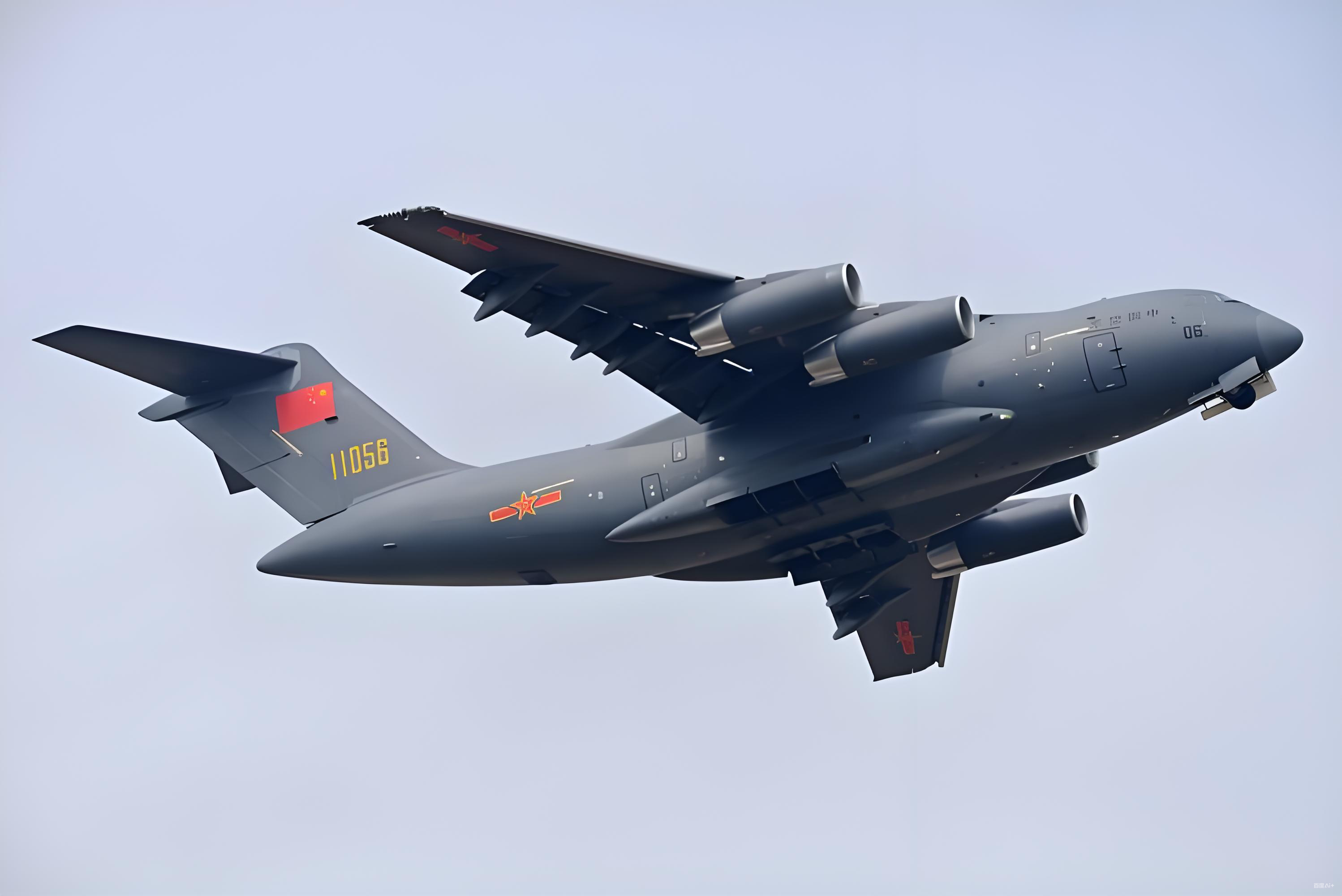
It may seem incredible to you:a tiny error in the length of an ordinary pencil,which appears insignificant,can actually determine the performance and safety of an airplane in the aviation manufacturing industry.This is precisely the topic we are going to explore today—the"battle for millimeters"that can be a matter of life and death in modern manufacturing.
Imagine the interior of a huge jet engine,where thousands of parts work together at extremely high speeds.If the size of a single blade deviates from the design standard by just the width of a pencil lead,it may trigger a chain reaction over the long term,leading to increased vibration,reduced efficiency,and even serious consequences.Therefore,the aviation industry has extremely strict requirements for the precision of parts.Behind all this is the support of a key technology:CNC machining(computer numerical control machining).
From Blueprints to the Blue Sky:How Precision Shapes Flight
The manufacturing process of aviation parts is essentially a battle against micrometers(one thousandth of a millimeter).Every part installed on an airplane,from the landing gear struts to the complex curved surfaces of the turbine discs,must strictly comply with design specifications.These specifications are not set arbitrarily;they are the safety critical values derived from countless calculations and tests.
Traditional manual operations are powerless to achieve this level of precision.This is why the aerospace field highly depends on precision machining.Through advanced CNC milling(numerical control milling)and CNC turning(numerical control turning)technologies,digital instructions drive cutting tools to"carve"out the final part shapes from solid metal blanks with stability and accuracy far beyond human limits.
Stepping into a Modern Intelligent Factory
So,how is a part that meets aviation standards born?It is far from simple cutting and shaping.The entire manufacturing process begins with the engineers'design,where they convert the three-dimensional models of the parts into detailed digital codes.Subsequently,in the highly automated factory,the CNC machining center takes over the task.
During the CNC milling process,the workpiece is fixed on the worktable,and the high-speed rotating multi-edge cutting tool moves along the path set by the program,gradually removing material to form complex contours and cavities.For parts that require perfect cylinders,such as shafts or bushings,CNC turning is a better choice,where the workpiece itself rotates and is precisely cut by a fixed single-point cutting tool.These two processes are often combined to ensure that every feature of the part—whether holes,threads,or curved surfaces—is perfectly
When Precision B
READ FULL